

- RFQ
- BOM
-
Contact Us
Tel: +86-0755-83501315
Email: sales@sic-components.com
- Chinese
- English
- French
- German
- Portuguese
- Spanish
- Russian
- Japanese
- Korean
- Arabic
- Irish
- Greek
- Turkish
- Italian
- Danish
- Romanian
- Indonesian
- Czech
- Afrikaans
- Swedish
- Polish
- Basque
- Catalan
- Esperanto
- Hindi
- Lao
- Albanian
- Amharic
- Armenian
- Azerbaijani
- Belarusian
- Bengali
- Bosnian
- Bulgarian
- Cebuano
- Chichewa
- Corsican
- Croatian
- Dutch
- Estonian
- Filipino
- Finnish
- Frisian
- Galician
- Georgian
- Gujarati
- Haitian
- Hausa
- Hawaiian
- Hebrew
- Hmong
- Hungarian
- Icelandic
- Igbo
- Javanese
- Kannada
- Kazakh
- Khmer
- Kurdish
- Kyrgyz
- Latin
- Latvian
- Lithuanian
- Luxembou..
- Macedonian
- Malagasy
- Malay
- Malayalam
- Maltese
- Maori
- Marathi
- Mongolian
- Burmese
- Nepali
- Norwegian
- Pashto
- Persian
- Punjabi
- Serbian
- Sesotho
- Sinhala
- Slovak
- Slovenian
- Somali
- Samoan
- Scots Gaelic
- Shona
- Sindhi
- Sundanese
- Swahili
- Tajik
- Tamil
- Telugu
- Thai
- Ukrainian
- Urdu
- Uzbek
- Vietnamese
- Welsh
- Xhosa
- Yiddish
- Yoruba
- Zulu
- Kinyarwanda
- Tatar
- Oriya
- Turkmen
- Uyghur
The Key Components of Digital Circuits
I. Introduction
In the development of modern electronic systems, digital circuits have emerged as the core cornerstone supporting the information technology revolution, thanks to their advantages such as high precision, strong anti - interference capabilities, and programmability. From everyday devices like smartphones and smart wearable gadgets to complex aerospace control systems and data center servers, the applications of digital circuits cover almost all aspects of human production and life. Key components such as logic gates, flip - flops, and microcontrollers, as the fundamental building blocks of digital circuits, directly determine the functionality and operational efficiency of digital circuits through their performance and characteristics. In - depth research on these key components not only helps in understanding the working principles of digital circuits but also provides theoretical support and practical guidance for promoting the innovative development of electronic technology.
II. Overview of Digital Circuit Fundamentals
Digital circuits process discrete binary signals (0 and 1) and achieve information processing and control functions through specific logical operations. Unlike analog circuits that handle continuously varying electrical signals, digital signals have distinct high and low - level states. This characteristic endows digital circuits with higher accuracy and stability during data storage, transmission, and processing. According to differences in functionality and structure, digital circuits can be categorized into two main types: combinational logic circuits and sequential logic circuits. The output of the former depends solely on the current input signals, while the output of the latter depends not only on the current inputs but also on the historical state of the circuit.
The working principles of digital circuits are based on the binary system and logical operations. The binary system follows the counting rule of "carry one when reaching two" and can represent any value using only two symbols, 0 and 1. This simple representation greatly simplifies circuit design and data processing. Logical operations include basic operations such as AND, OR, and NOT. Through the combination of these operations, complex logical functions can be constructed to achieve the processing and control of digital signals.
III. Analysis of Core Components
(I) Logic Gates
AND Gate
Logical Function: The output is high (1) only when all inputs are high; otherwise, the output is low (0).
Circuit Structure: Typically composed of transistors, and the logical AND operation is achieved through the series connection of multiple transistors.
Truth Table Analysis:
| A | B | Y |
|---|---|---|
| 0 | 0 | 0 |
| 0 | 1 | 0 |
| 1 | 0 | 0 |
| 1 | 1 | 1 |
Typical Application: Used in password verification systems, where access is only permitted when multiple verification conditions are simultaneously met.
OR Gate
Working Principle: The output is high as long as one or more inputs are high.
Performance Characteristics: It has a fast response speed and can quickly perform logical judgments on multiple input signals.
Application Scenarios: In alarm systems, an alarm is triggered as soon as any one of multiple sensors detects an anomaly.
NOT Gate
Signal Inversion Principle: Inverts the level state of the input signal, outputting low when the input is high and vice versa.
Circuit Implementation: The signal inversion is achieved through the switching characteristics of a single transistor.
Practical Application: Used to adjust the signal polarity and change the logical state of signals in logic circuits.
Other Logic Gates
NAND Gate: Performs an AND operation first and then inverts the result. It is a universal logic gate, and any other logic gate function can be achieved through its combination.
NOR Gate: Performs an OR operation first and then inverts the result. It also has universality and plays an important role in simplifying circuit design.
XOR Gate: The output is high when the two inputs are different and low when they are the same. It is often used in scenarios such as data encryption and parity checking.
(II) Flip - Flops
D Flip - Flop
Structure and Working Principle: Composed of multiple logic gates, it stores the value of input D into the flip - flop under the trigger of the clock signal, realizing state updates.
Timing Characteristics: It has good timing controllability and can complete data storage and transmission at precise clock edges.
Application Examples: Widely used in circuits such as data registers and shift registers for data buffering and shifting operations.
JK Flip - Flop
Functional Characteristics: Through different combinations of J and K input signals, it can achieve multiple functions such as setting, resetting, holding, and toggling.
State Transition Diagram: Clearly shows the state transition relationships of the flip - flop under different input combinations.
Typical Applications: Commonly used in digital circuits such as counters and state machines to achieve complex sequential logic control.
RS Flip - Flop
Working Modes: It has two working modes, set (S) and reset (R), and the state of the flip - flop is controlled by the R and S input signals.
Application Scenarios: Used to set the initial state or perform reset operations in some simple storage and control circuits.
Precautions: The situation where both R and S are high should be avoided, as it will lead to an uncertain state of the flip - flop.
(III) Microcontrollers
Basic Composition Structure
Central Processing Unit (CPU): As the core of the microcontroller, it is responsible for executing instructions and processing data.
Memory: Includes Random - Access Memory (RAM) and Read - Only Memory (ROM), which are used to store temporary data and fixed programs respectively.
Input/Output Interfaces: Used to connect external devices and enable data input and output.
Working Principle
Instruction Execution Process: Reads instructions from the ROM, decodes them, and then the CPU executes the corresponding operations.
Data Processing Mechanism: Data is transmitted and processed among the CPU, memory, and input/output interfaces through the internal bus.
Application Areas
Industrial Control: In automated production lines, microcontrollers are used to control the operation of equipment and monitor production status.
Smart Home: Enables remote control and automated management of smart home appliances.
Automotive Electronics: Applied in engine control units, in - vehicle entertainment systems, safety control systems, etc.
(IV) Memory Components
Random - Access Memory (RAM)
Working Principle: Stores 0 and 1 by charging capacitors and requires periodic refreshing to maintain data.
Classification and Characteristics: Divided into Static Random - Access Memory (SRAM) and Dynamic Random - Access Memory (DRAM). The former is faster but more expensive and has a smaller capacity, while the latter is the opposite.
Application Scenarios: Used to store data and instructions currently being processed by the CPU, and it is a major component of computer memory.
Read - Only Memory (ROM)
Storage Characteristics: Data is written during the manufacturing process and cannot be modified by users. It has non - volatility.
Type Introduction: Includes Mask ROM, Programmable ROM (PROM), Erasable Programmable ROM (EPROM), etc.
Typical Applications: Stores important data such as computer BIOS programs and firmware of embedded systems.
Flash Memory
Technical Characteristics: Based on floating - gate transistor technology, it has the advantages of erasability, large storage capacity, and fast read - write speed.
Performance Advantages: Compared with traditional hard drives, flash memory has the characteristics of strong shock resistance, low power consumption, and small size.
Application Development: Widely used in mobile devices, USB flash drives, solid - state drives, etc., and has become one of the mainstream technologies for data storage.
(V) Digital Signal Processors (DSPs)
Structural Characteristics
Dedicated Arithmetic Units: Integrated with dedicated hardware such as multipliers and adders, enabling fast execution of complex mathematical operations.
Harvard Architecture: Adopts independent data buses and instruction buses to achieve parallel processing of data and instructions, improving computing efficiency.
Working Principle
Signal Processing Flow: Pre - processes the input digital signals through sampling, quantization, encoding, etc., and then analyzes and processes them through algorithms.
Algorithm Implementation: Supports signal processing algorithms such as Fast Fourier Transform (FFT), digital filtering, and convolution.
Application Areas
Audio Processing: In digital audio players, it realizes sound effect processing, noise reduction, audio encoding, and decoding.
Image Processing: Used for encoding and decoding of high - definition videos, image enhancement, face recognition, etc.
Communication Systems: Completes key tasks such as signal modulation and demodulation, channel encoding and decoding in 5G base stations.
IV. Analysis of Component Performance
The performance of key components in digital circuits is mainly measured by indicators such as speed, power consumption, and reliability. Speed reflects how quickly a component processes signals, usually expressed by clock frequency or delay time; power consumption determines the energy consumption of the component during operation, which is particularly important for portable devices; reliability reflects the ability of the component to operate stably under different working conditions.
Manufacturing processes, working environments, and circuit designs are the main factors affecting component performance. Advanced manufacturing processes (such as nanometer - scale lithography technology) can reduce component size and increase integration, thereby improving speed and reducing power consumption; harsh working environments such as high temperature and high humidity may lead to a decline in component performance or even failure; reasonable circuit design can optimize the layout and connection of components, reduce signal interference, and improve overall performance.
V. Practical Application Cases
In consumer electronics products, smartphones integrate a large number of key components of digital circuits. The microcontroller coordinates the operation of various components, logic gates achieve various logical controls, memory components store system and user data, and DSPs process audio and video signals, providing users with an excellent experience. Smart TVs also rely on these components to achieve high - definition video playback, network connection, and intelligent interaction functions.
In the field of industrial automation, automated production lines use microcontrollers and digital sensors to achieve precise control and real - time monitoring of the production process. Robot systems use control circuits constructed by logic gates and flip - flops to achieve complex motion planning and execution. In 5G base stations, digital signal processors and memory components work together to complete the processing and transmission of high - speed signals, supporting the efficient operation of 5G networks.
VI. Research on Development Trends
In the future, key components of digital circuits will develop towards miniaturization, low power consumption, and high performance. As semiconductor manufacturing processes advance to 3 - nanometer or even smaller nodes, component sizes will continue to shrink, and integration will be significantly improved. Innovations in low - power technologies, such as the application of new semiconductor materials and energy - efficient circuit designs, will significantly reduce component energy consumption and extend device battery life. At the same time, the deep integration of artificial intelligence algorithms with digital circuits will endow components with stronger intelligent processing capabilities.
In terms of future applications, key components of digital circuits will play important roles in fields such as artificial intelligence, the Internet of Things, and quantum computing. In the field of artificial intelligence, specialized digital circuit chips will accelerate the calculation of neural networks; the development of the Internet of Things requires a large number of low - power, highly integrated components to achieve interconnection of devices; breakthroughs in quantum computing also rely on advanced digital circuit technologies to achieve the control and operation of qubits.
VII. Conclusion
This article systematically studies the key components of digital circuits, comprehensively expounding the characteristics and functions of components such as logic gates, flip - flops, and microcontrollers, from basic concepts to working principles, and from performance analysis to practical applications. The research shows that the performance improvement and technological innovation of these key components are the core driving forces for the development of digital circuits.
Looking to the future, with the continuous progress of science and technology, key components of digital circuits will face new opportunities and challenges. Future research should focus on breaking through existing technical bottlenecks, exploring new materials and architectures to meet the growing application requirements. At the same time, strengthening interdisciplinary cooperation and promoting the deep integration of digital circuit technology with fields such as artificial intelligence and the Internet of Things will become important directions for future research.
https://www.sic-components.com/integrated-circuits-ics

Hot Products
View MoreRelated Blogs

2000+
Daily average RFQ Volume

30,000,000
Standard Product Unit

2800+
Worldwide Manufacturers

15,000 m2
In-stock Warehouse




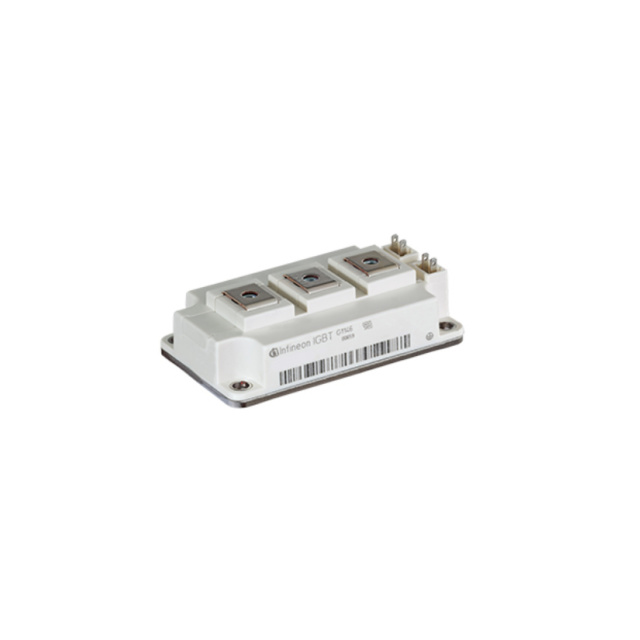
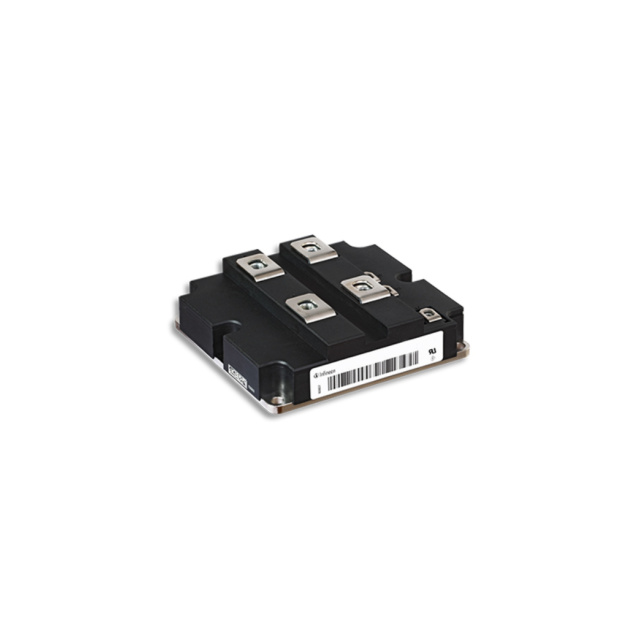
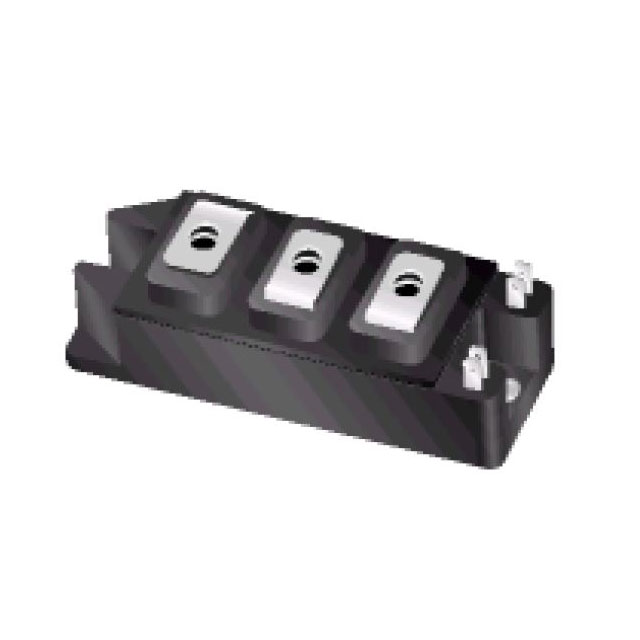
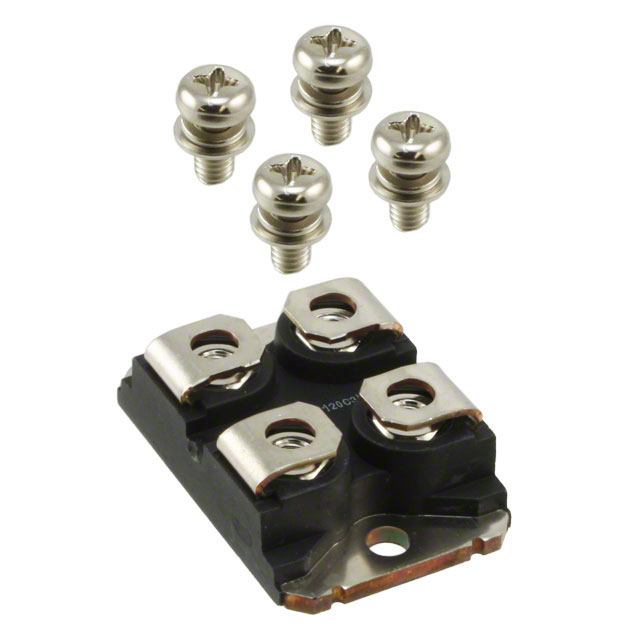
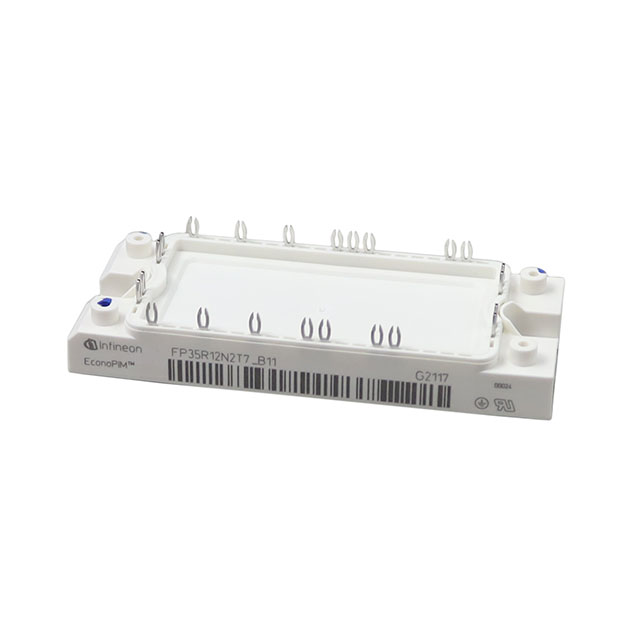









 Wishlist (0 Items)
Wishlist (0 Items)